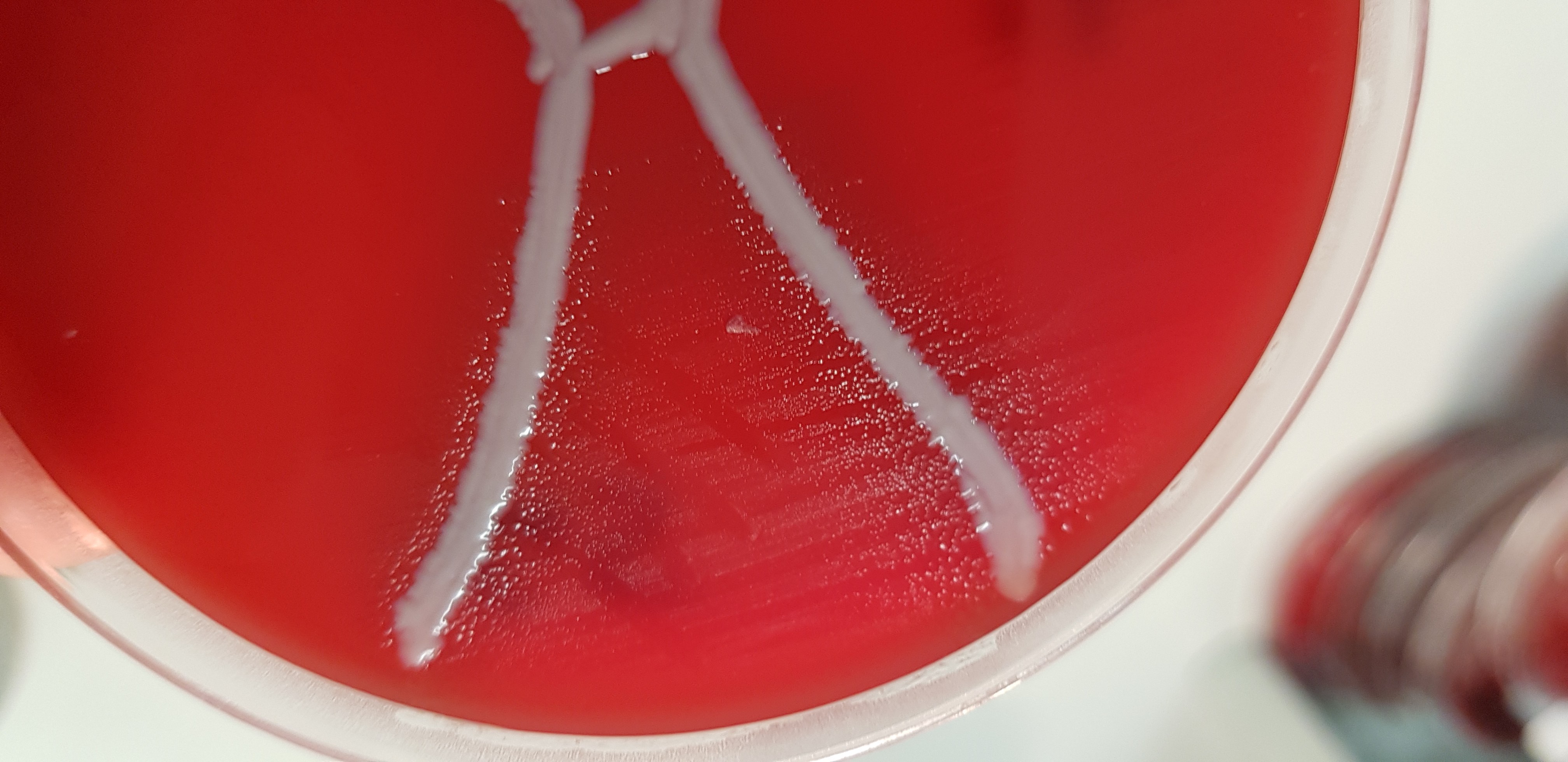Queensland researchers have discovered that a previously unrecognised bacterium is responsible for the signs of lung disease found in pig carcases, rather than a similar, internationally recognised infection that the animals had been vaccinated against.
Having solved the disease mystery, the research team at the Queensland Alliance for Agriculture and Food Innovation (QAAFI) is now working to develop on-farm tests and treatments for the new infection.
Several years ago it was noticed that lesions, abscesses and pleurisy found in the lungs of pigs at abattoirs looked very similar to those associated with a known serious pig respiratory disease, porcine pleuropneumonia. This is caused by the bacterium Actinobacillus pleuropneumoniae, which was assumed to be the culprit, despite the fact that animals had had been fully vaccinated.
Porcine pleuropneumonia is a major economic disease that causes animals to lose weight at a critical growth stage. Previous research has shown that animals’ average daily gain can drop by up to 20% until halted by treatment, with the animals requiring an extra 20 or so days to recover. This leads to a considerable increase in production costs, or if a producer decided to sell the animals underweight, the losses could be as high as $60 per pig.

New species discovered
Australian Pork Limited put QAAFI researchers on the case. They discovered one new species and another potential new species of lung-infecting bacteria, which put to rest concerns that current vaccines simply weren’t working.
Project leader Dr Conny Turni from the University of Queensland says that when the unexplained signs of disease were found, it was in the same growth period in which porcine pleuropneumonia caused by Actinobacillus pleuropneumoniae occurs.
Queensland Alliance for Agriculture and Food Innovation, The University of Queensland in the lab.
However, the pigs are vaccinated for this so there could only be two possibilities: either the vaccines weren’t working, or there was another pathogen at work causing a similar disease or in some way interfering with the efficacy of the vaccines.
“We had been storing isolates from some diseased pigs but hadn’t been able to identify them until a couple of years ago when we had two master’s students work on them, and they determined that a number of these isolates represented a new bacterial species,” says Dr Turni.
However, the researchers couldn’t continue the formal process of describing and naming the new species because the discovery occurred at the same time that the closest known relative to the new organism, Haemophilus parasuis, was being renamed Glaesserella by US researchers. Once the new genus was formally recognised in 2019, the QAAFI researchers could announce Glaesserella australis as a new species.
All of the information contained on this page and the original article can be found: Costly Pig Lung Disease Puzzle Solved
